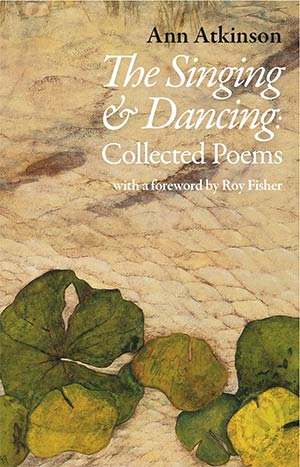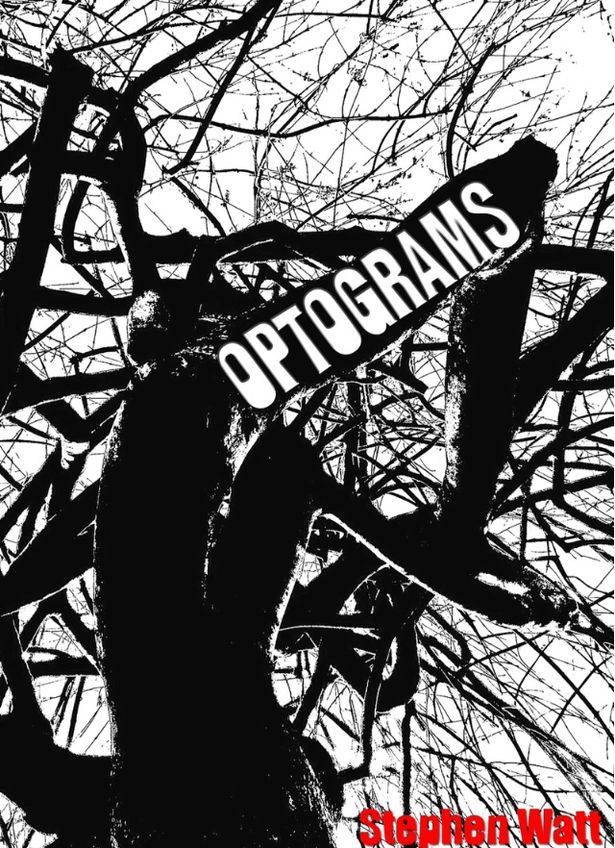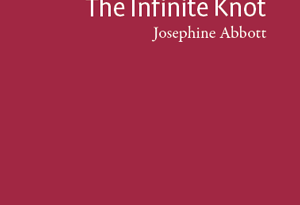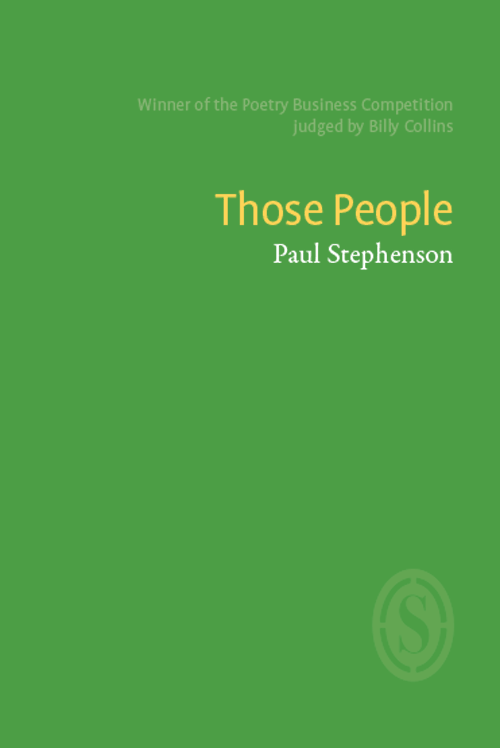The Singing and Dancing by Ann Atkinson
– Reviewed by Emma Lee –
The Singing and Dancing contains published and unpublished poems selected posthumously by Ann Atkinson’s daughters, and the title is one the poet chose for the manuscript she’d been working on at the time of her death. Ann Atkinson was an accomplished pianist as well as a poet, and this is reflected in her controlled rhythms and, occasionally, her subject matter. An old piano, played by dad, dusted by mum, and used by a daughter to practice Mozart, “fitted like a glove”, but is then replaced in “The New Piano”, which ends
But then, the heating cracked the soundboard,
dried its felts and hammers till it sounded bad.
So I bought a new one, with the money
that you left. A Yamaha, no inlaid mother of pearl,
just simple, and shining black as a coffin.And I’m playing like you never heard, like
you’ll never know, flying up and down
these easy keys, the light touch of it.
Other poems suggest that things have their place; old memories have to be let go so new memories can be formed. In “Mother, About the Corner China Cabinet”, following a promise, the poet takes in her mother’s favourite corner cabinet, and tries to accommodate it, but finds it doesn’t fit in. She eventually finds a new home for it, reassuring the late mother that it’ll be fine.
“Twenty” features twenty short stanzas on smoking, trying to give up, starting again, and eventually finding a way of stopping. Each stanza is framed with an asterisk.
I’d given up, my room was sweet. I changed
the linen, washed the curtains, polished,
vacuumed every trace. But when I pressed
my face into the pillow, missing you,
the smell was there still, deep.Another lover. First time in my bed,
I didn’t know whether my voice would sound
like mine when it said a different name, then
I saw you, smiling, your image fading by the door,
and I gasped. Like in a bad movie. So I lit a cigarette.
[…]
The last one, with red wine.
A slow communion. Finish it.
The twentieth’s saved, hidden.
A straw. A link. A possibility.
The final stanza is an empty frame, hidden like that final cigarette, a reassurance that an option is still open, even if the intention is never to take it up. The book finishes with more recent uncollected poems, which include “Learning the Sonatas”, exploring piano playing. “K.332”:
Once, during the adagio, she felt his shadow on the keys.
Not just her hands working the score, but her body
driven to its muscle, tight in the belly, in her thighs.(her teacher said, when Mozart played,
his perfect sound was broadcast to the universe,
and that a true performance could tune
into his frequency and call him home.)She has lost herself in this sonata. The room, the house,
the air is full of him, the progressions of his scales
and chords. As though her hands were not her own.
It captures that sense by which musicians feel the music flow through them without having to consciously think about the next note or rhythm, perfectly. It’s difficult to describe one art form through another – for example, poems about visual art merely describe the art – but “Learning the Sonatas” creates the sense not just of sitting at a piano pressing keys but the emotional and sensual vibrancy of connection between composer and player.
“The Singing and the Dancing” offers unfussily crafted poems that blend reality with metaphor and hide the work that went into them with a deceptive ease and lightness of touch. An elegant swansong.





